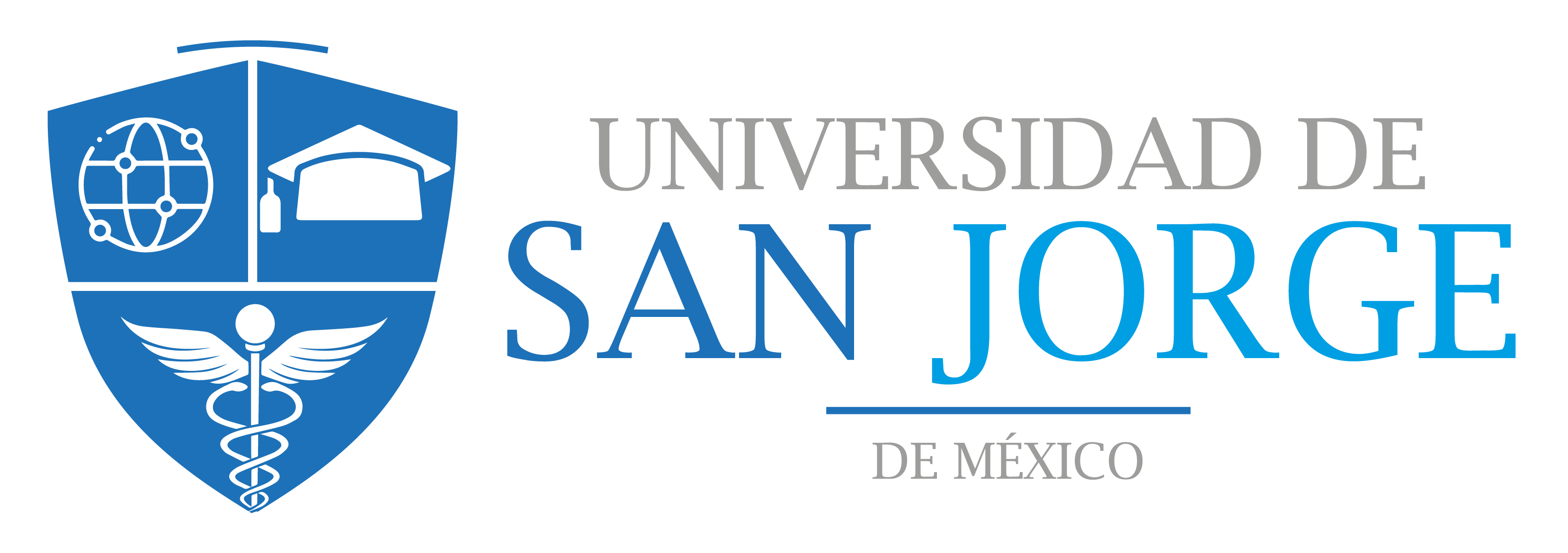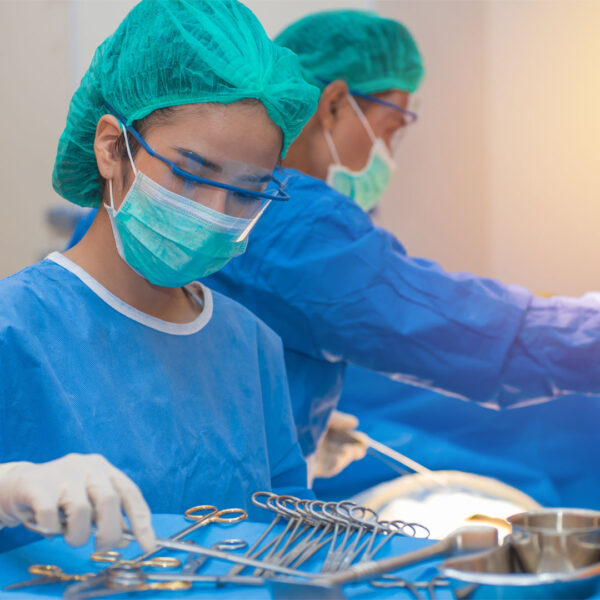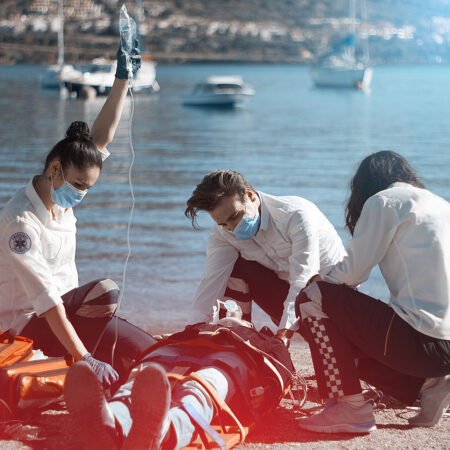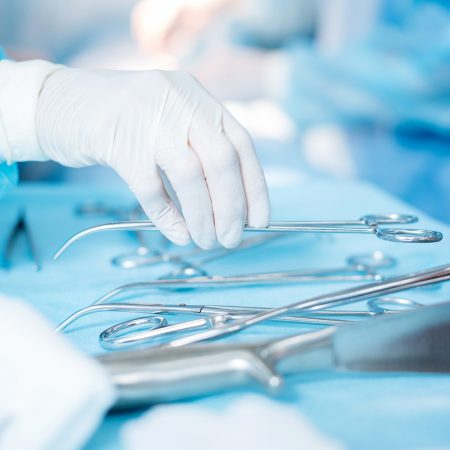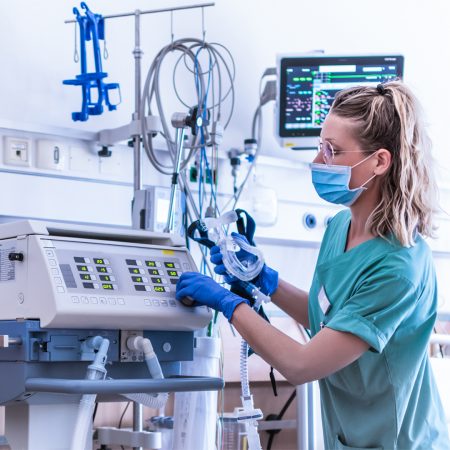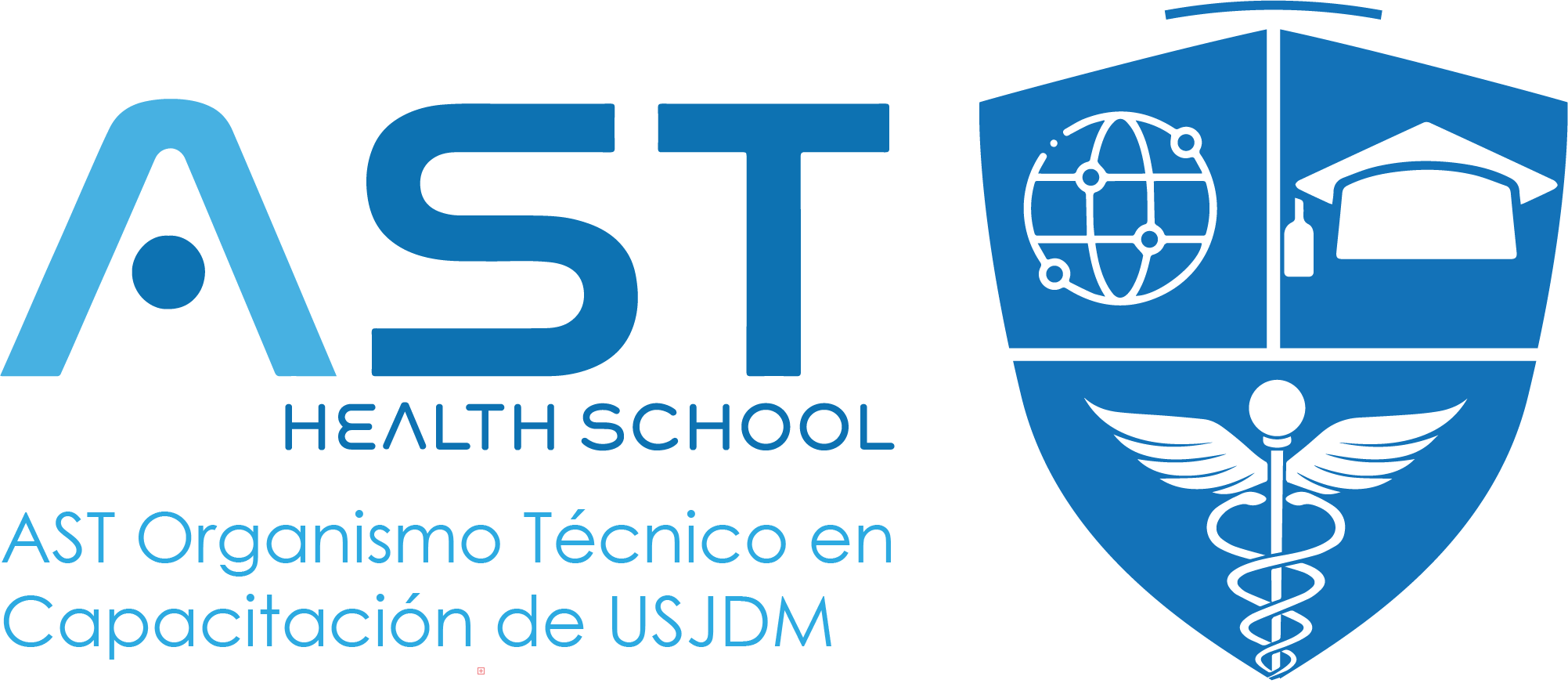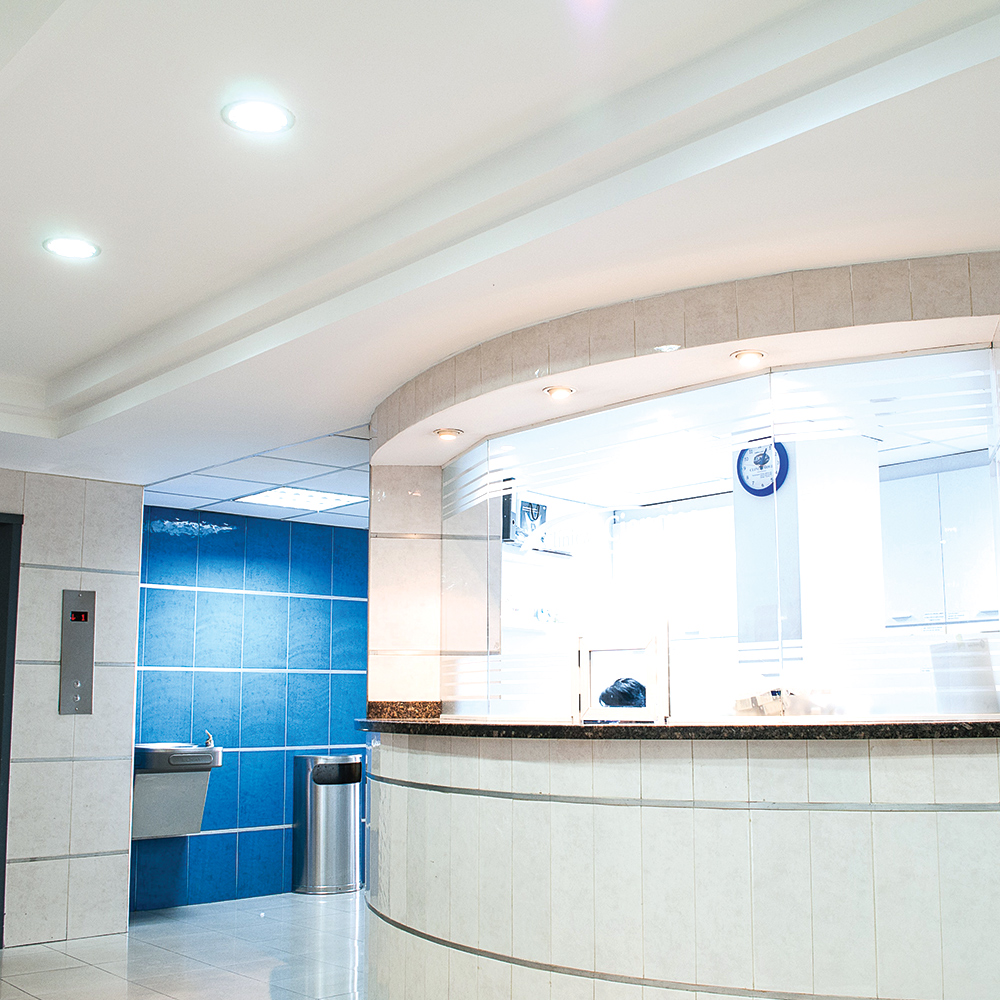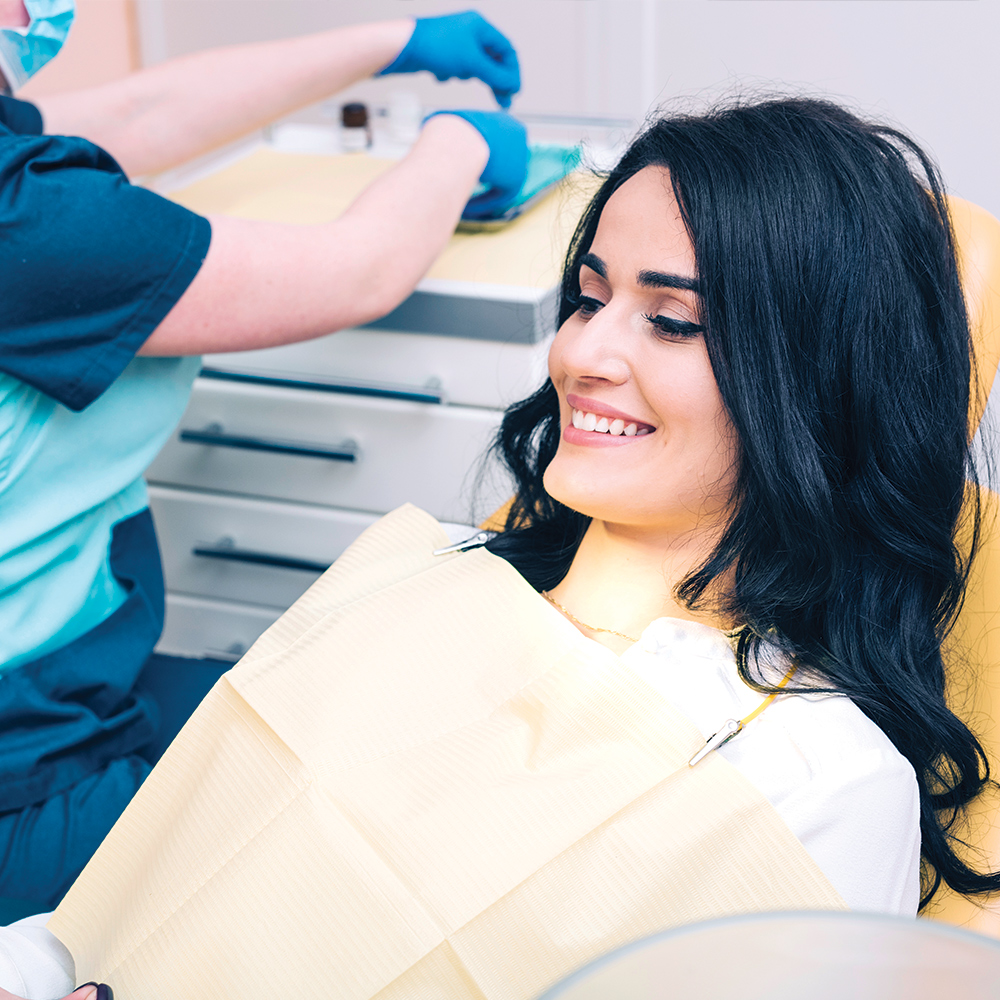Description
Objectives
To provide nursing professionals and technicians with the tools to develop the necessary competencies to enable them to implement instrumentation techniques in operating theatres in both public and private institutions and to be part of surgical teams.
Addressed to:
University nurses and final year students and other health professionals may apply (the latter subject to the approval of the academic committee).
Contents
Module I: Structure and Organisation of the Block
Surgical block structure and infrastructure
Pre- and post-operative period
Concept of surgical environment
Organisation of the activity of the surgical unit
Information systems used
Recovery unit
Human resource management in the operating theatre
Module II: Asepsis, antisepsis and Sterilisation
Hygiene and aseptic concept and general principles of asepsis
Antiseptics and surgical antisepsis (skin preparation)
Use of disinfectants in the operating theatre
Structure and infrastructure of the sterilisation unit
Sterilisation process methods
Monitoring of the sterilisation process
Traceability and parametric release
Sterile material handling and storage
Module III: Surgical Instrumentalist
Role of the surgical scrub nurse
Hand washing (clinical and surgical)
Surgical clothing, gowning, gloves and glove fitting
Sterile field preparation and care
General considerations for surgical instrument table preparation
Examples of surgical instrument tables set up
Module IV: Surgical instruments
Definition and classification of surgical instruments (function and shape), (parts of a forceps)
Surgical terminology
Surgical box and generic instruments
Grasping forceps and spreaders, specula, and ancillary equipment
Basic surgical manoeuvres
Instrument care (before, during and after use) (situations in which surgical instruments should not be used).
Surgical material should not be used).
Module V: Communication and teamwork
Concept and styles of communication
Effective communication social skills, empathy and assertiveness, non-verbal communication
Teamwork, rules of belonging and boundaries
Decision-making for teamwork
Module VI: Types of surgery
Types of surgery
Surgical techniques
Open Surgery / Laparoscopic Surgery
Minimally Invasive Surgery (MIS)/ Robotic Surgery
Laser surgery, Lasik
Module VII: Surgeries according to speciality
Surgical Anatomy, Topography
Abdominal, Thoracic Surgery
Peripheral Vascular Surgery
Aesthetic, Plastic and Burn Surgery
Oncological Surgery
Urology, gynaeco-obstetric surgery
Traumatological and Orthopaedic Surgery
Other speciality surgeries
Module VIII: Surgical Material
History and definition of suture
Classification and use of sutures
Surgical needle, parts and requirements
Suture techniques
Use of mechanical suture
Use of surgical drains and meshes
Module IX: Surgical patient
Surgical patient characteristics, attitudes, beliefs, myths and fears.
Nurse/patient relationship, communication and provision of information.
Surgical risk assessment (Mallampati, ASA; weight, height, etc).
Legal aspects of surgery and informed consent.
Preparation of the patient pre op
Risk prevention in surgery
Module X: Monitoring and Anaesthesia
Patient monitoring
Equipment and instruments used in anaesthesia
Concept and types of anaesthesia
General anaesthesia
Local or regional anaesthesia
Risks and benefits of anaesthesia
Pain management
Surgical positions, examples
Module XI: Prevention of Complications and Infection Prevention and Control for the Surgical Patient
Latex allergy and prevention of complications
Malignant hyperthermia and prevention of complications
Surgical wound classification according to degree of contamination and risk of infection
Surgical wound infection prevention and control measures
Preventive measures related to anaesthesia
Module XII: Prevention of occupational hazards in surgical wards
Most frequent chemical risks in the operating theatre.
Physical risks for operating theatre staff (physical and postural strain, injuries).
Ionising radiation in the operating theatre.
Biological risk for ward staff
Stress and burnout
Additional information
| Country | Ecuador |
|---|---|
| Duration | 200 hrs |
| Certification | AST-SAVINMED |
| Ranking | Pavilion |
